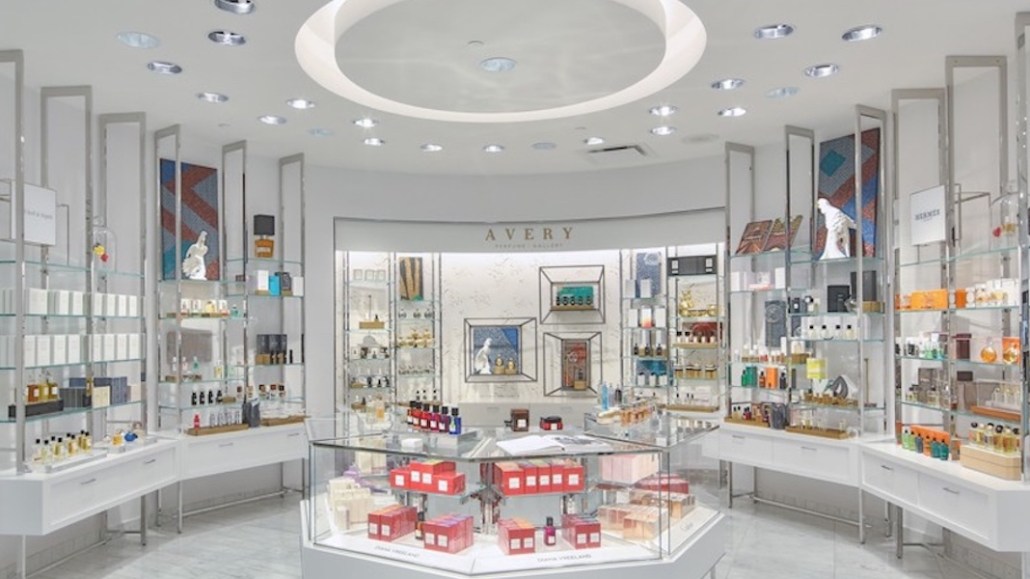
Independent beauty brands are having a moment. Their trendily packaged products combined with smart marketing strategies have drawn cult customer followings and attention from legacy companies like Estée Lauder and L’Oréal.
Now, in need of a traffic boost, department stores want a piece of the action.
Neiman Marcus is the latest to dust off its beauty counters with a new partnership with Indie Beauty Expo, a platform that helps bring new beauty brands to market. Starting today, 15 brands under the Indie Beauty Expo umbrella will be on sale at Neiman Marcus stores, with a portion of the products exclusive to the department store. It’s a limited-run partnership, lasting until inventory sells out, but Neiman Marcus beauty vp and merchandise manager Kelly St. John said that it’s a testing ground for bringing indie beauty brands in store on a permanent basis.
“We’ll be reviewing each brand’s traction after this event and hope to bring many of them into the permanent assortment,” said St. John, who went on to say that Neiman Marcus has in the past onboarded previously unknown brands like Tata Harper and Kiehl’s. “The crux of each brand is that they are founder-driven. While today’s customer appreciates a well-made product, many times, it’s the story and experience behind the brand that resonates the most.”
Boosted by the surge of new brands, the beauty category has become a cash cow for retail partners. According to Euromonitor, the international beauty industry grew by 5 percent in 2016, with $445 billion in sales, while NPD data showed sales for indie beauty brands increasing by 43 percent. As a result, these companies have demanded big price tags from the biggest players: Last year, an acquisition of It Cosmetics cost L’Oréal $1.2 billion, while Too Faced cost Estée Lauder $1.5 billion. Overall, 66 privately held beauty brands were picked up by major companies in 2016. Non-traditional players like fast-fashion retailers and brands like Madewell have also gotten in on the beauty boom, creating their own beauty lines or selling a selection of cosmetics and skin-care products.
In each case, customers are dictating the beauty trends.
“Customers now have an abundance of product and brand information at their fingertips, and she’s discovering products on her own,” said St. John. “Before she even walks into a store, she knows what she wants.”
Thanks to this change in customer behavior, and as traffic at stores like Neiman Marcus, Nordstrom and Macy’s have declined across the board, department store beauty has taken a hit. The rise of specialty retailers like Sephora and Ulta, which have grown total sales in the beauty industry by 20 percent in the past 10 years according to NPD, hasn’t helped. Macy’s and JCPenney have teamed up with them, opening Bluemercury and Sephora outlets in stores, respectively. Others, like Neiman Marcus and Saks, have expanded product selection outside of the traditional Lauders and Lancômes.
This year, Saks Fifth Avenue opened pop-ups in stores in partnership with Korean beauty site Glow Recipe that sold products from 50 Korean beauty and skin-care brands. After gauging results of the pop-ups, Glow Recipe co-founder Sarah Lee said her team worked with Saks to incorporate five skin-care products into Saks’ selection full time.
“It worked on two levels. K-beauty brands got recognition in a retail environment that would have been impossible to reach five years ago, and Saks is getting access to a new customer,” said Lee. “The time when retailers could dictate what’s popular to their customers is over, and that’s being felt by these stores in a lot of different ways.”
St. John said that it’s helping these young brands establish retail practices in a department store environment. While the department store beauty counter can feel outdated to a customer used to shopping multiple brands at once in a Sephora, the single-brand associate model at the beauty counters can help introduce indie beauty to an older demographic.
“We’re constantly looking out for new under-the-radar brands,” said St. John. “It’s about finding the best assortment that sets us apart.”
More in Marketing

Ahead of Euro 2024 soccer tournament, brands look beyond TV to stretch their budgets
Media experts share which channels marketers are prioritizing at this summer’s Euro 2024 soccer tournament and the Olympic Games.

Google’s third-party cookie saga: theories, hot takes and controversies unveiled
Digiday has gathered up some of the juiciest theories and added a bit of extra context for good measure.

X’s latest brand safety snafu keeps advertisers at bay
For all X has done to try and make advertisers believe it’s a platform that’s safe for brands, advertisers remain unconvinced, and the latest headlines don’t help.









